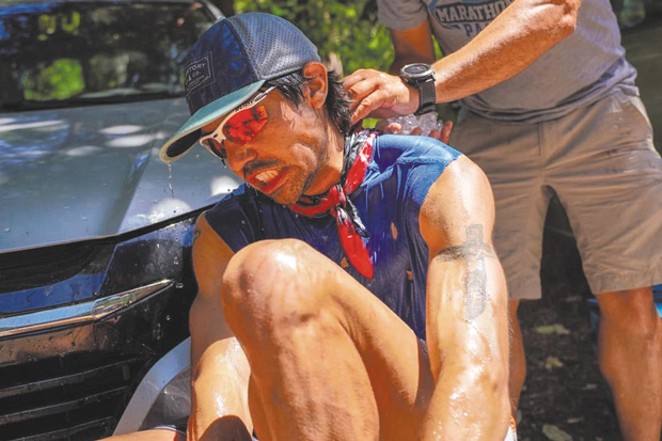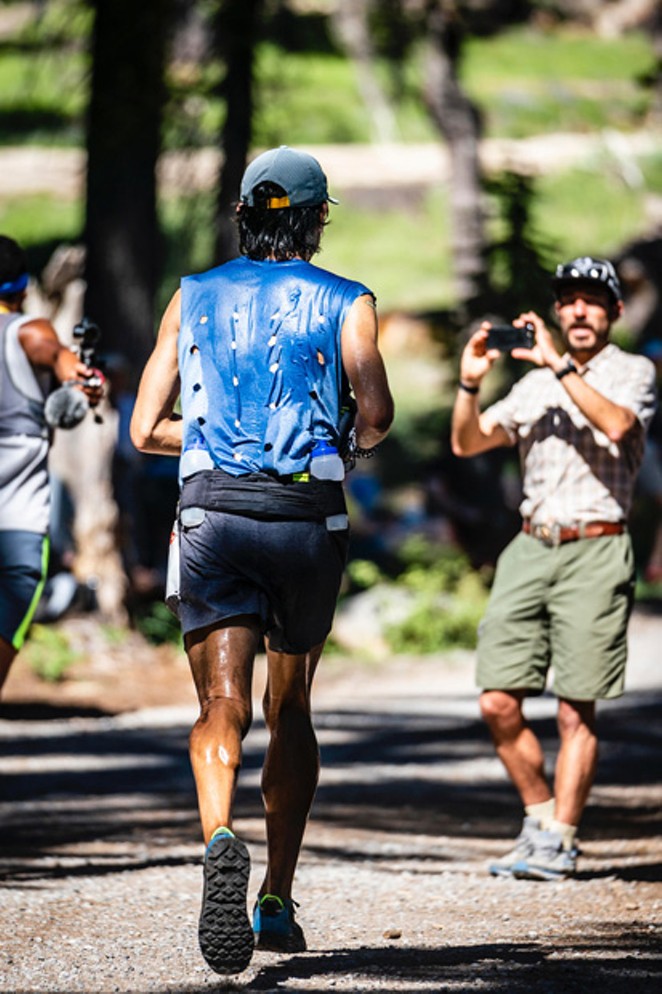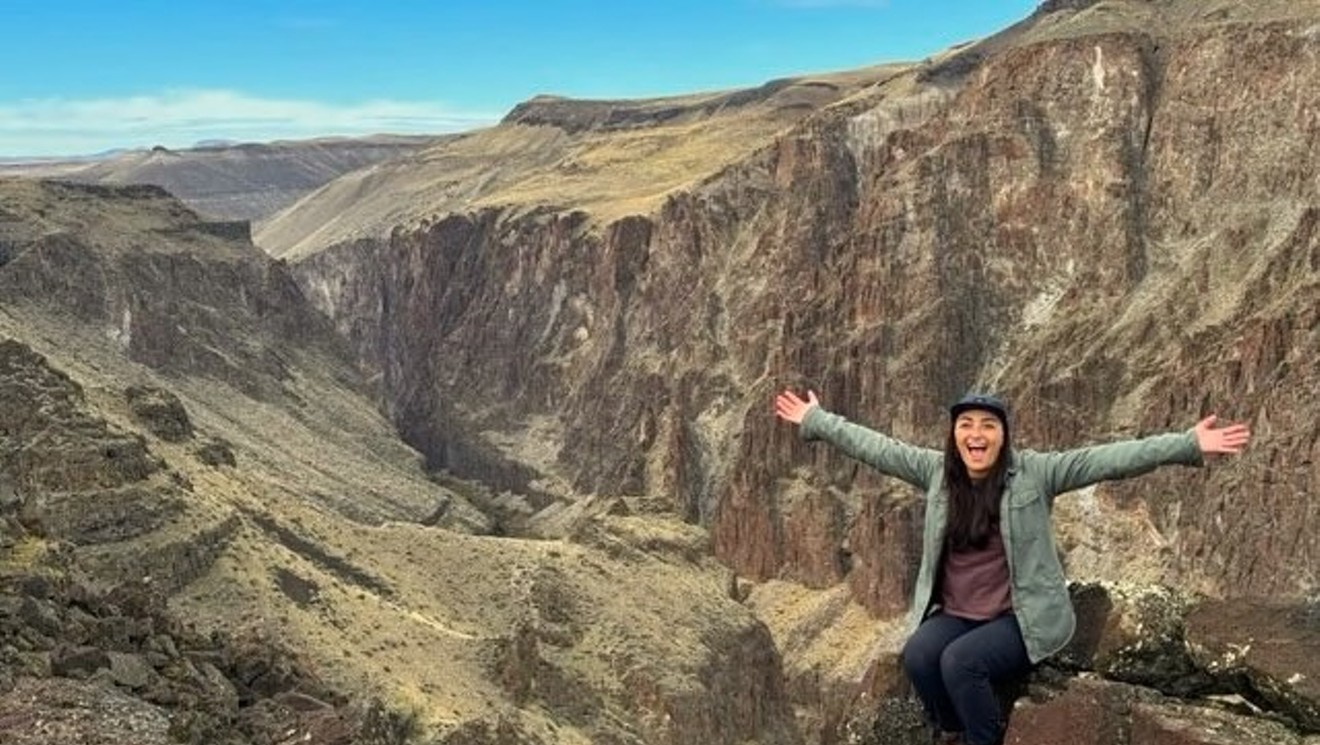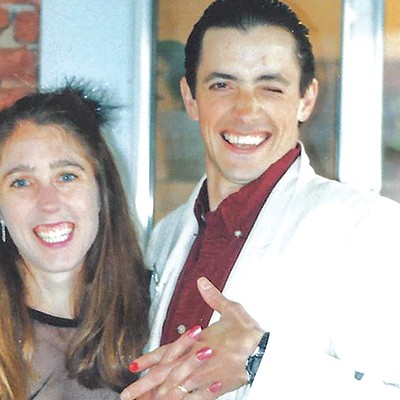As mask regulations ramp up, quarantine continues and the monotonous day-to-day routine proves to be as strangling as the walls around your home office, exercising is a necessity. That early-morning run or after-work trip to the bike trail is increasingly becoming something of a therapy appointment.

But as the year creeps along into its hottest months, some of Bend's popular trails prove unforgiving, dusty and sometimes dangerous, depending on the time of day. The major threat to be aware of when exercising in the summer is heat stress, which can lead to heat exhaustion, and ultimately, heat stroke.
"Heat stress can result in heat stroke, heat exhaustion, heat cramps, or heat rashes," describes the Centers for Disease Control and Prevention on its Heat Stress web page. "Heat can also increase the risk of injuries in workers as it may result in sweaty palms, fogged-up safety glasses and dizziness."

As Katie Mital, a local personal trainer, clinical exercise specialist and sports nutritionist, explained, medications can make those heat-induced symptoms even worse.
"Even something as basic as anti-histamines can decrease your sweating, which is your body's way to cool back off again. Blood pressure medication can decrease blood flow out to the skin, while some blood pressure medication will actually remove water and electrolytes from your body. Also, stimulants such as Ritalin and Adderall can increase your overall body temperature," Mital cautioned.
For the Bendite whose only medication is daily exercise, limiting that bike ride or afternoon run is not an option. For that category of an individual, it's important to respect the additional challenge that the heat brings.
"It is medically backed you can acclimate yourself to rising temperatures," Mital explained. "Start with 10 to 15 minutes and slowly increase that over 10 to 14 days. This will give your body the opportunity to acclimate, so you don't increase your opportunity of heat illness or heatstroke."
Hate the heat all together? Sometimes the best option is to escape to cooler places.

"Any of the trails at or near the Three Sisters Wilderness are 10 to 15 degrees cooler during the day," said five-time USA Trail National Champion Mario Mendoza Jr., of Bend. The mountains are always a safe bet for cooler weather, he explained, with snow freshly retreating from the area around Three Sisters. In that area, Dutchman Flat Sno-Park offers a starting place for many trail rides, while Tumalo Mountain can be a cooler—and challenging—location for a more extreme runner. If the mountains aren't an option, a river or a shaded area is also a great location to reduce the effects of heat stress.
In the end, water is ultimately the best counter for summer heat, Mendoza explained. In all his years training, he said he's never experienced any close encounters with heat stroke.
"Have a water jug in every car. Hot water is better than no water." Mendoza explained. "Ice water in a bottle is helpful not just to drink but to spray on your head and neck when overheating. It helps to pick routes where you know there will be water supplies. Most importantly, listen to your body."























